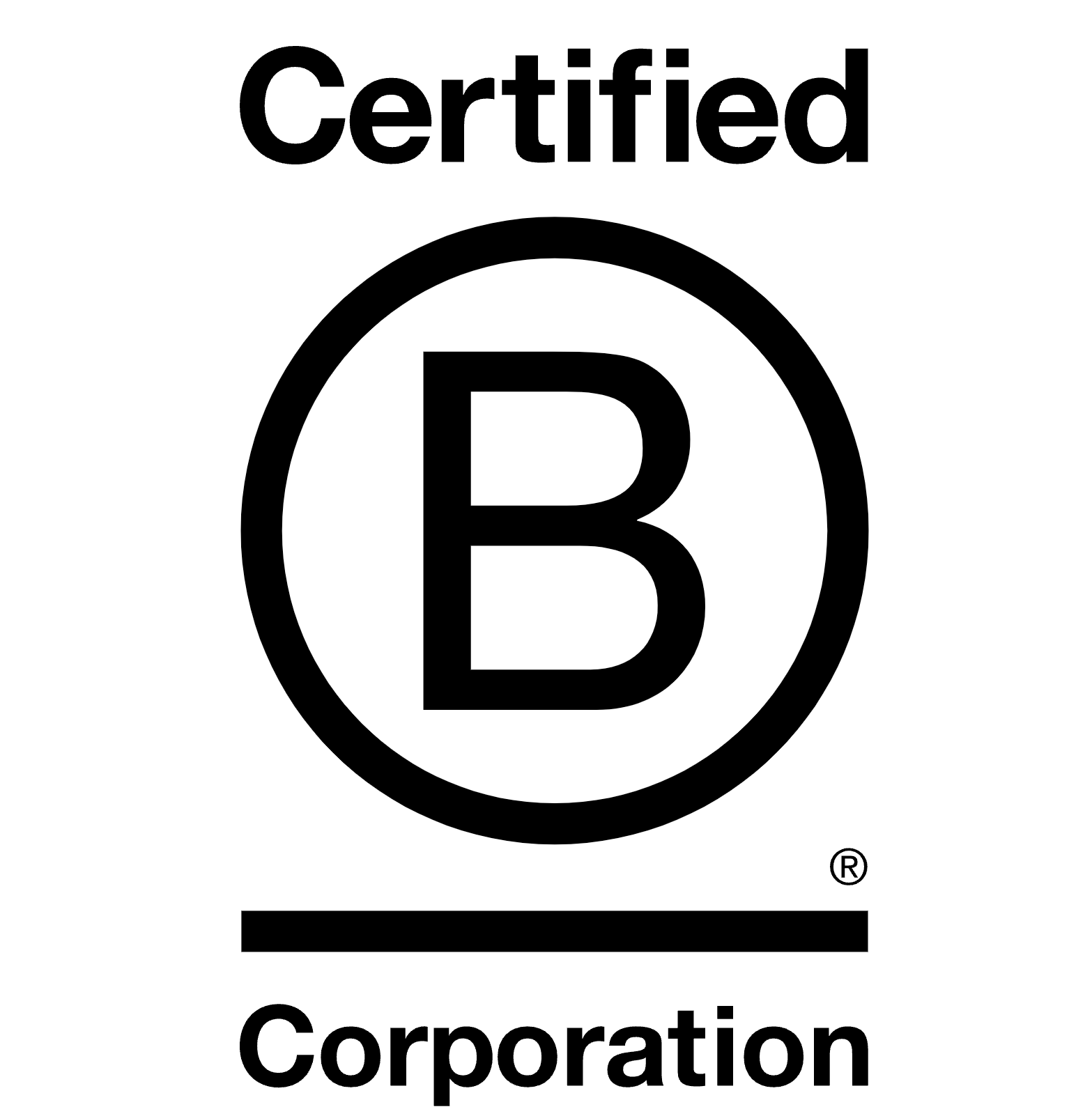Do Virtual Hiring Processes Reduce Impact on the Environment
Amid the aftermath of the Covid-19 pandemic, a significant 44% of global companies have reverted to disallowing remote work, leading to a resurgence of in-person interviews. Today, we’re going to dive into the virtual hiring process - which can also be known as the remote or online hiring process and is the act of hiring solely using digital technologies rather than in-person interviews or trials. Looking into how this affects the environment and how it affects business sustainability.
The Environmental Impact of Traditional Hiring
Long gone are the days of ads in newspapers, job boards, and word of mouth being the best ways of recruiting talent. Many traditional hiring practices are outdated and ineffective. But as we mentioned, some traditional recruitment techniques are very much used by companies across the globe. This includes office-based recruitment and physical interviews, both of which have an effect on the energy consumption of a business.
Traditional hiring often requires designated office spaces, equipped with computers, lighting, heating, and cooling systems. These facilities consume significant amounts of electricity, contributing to the carbon footprint of the recruitment process. Not to mention the hardware and equipment that goes into traditional recruiting. From printing resumes, photocopying documents, and running office equipment, add to the energy consumption.
Now onto the in-person interviews and meetings, usually involving travel by candidates and interviewers. Travel-related energy consumption includes flights, car journeys, and hotel stays all contributing to the footprint of the business.
On average, a domestic flight can produce approximately 200-300 kg of CO2 emissions per passenger, while daily commutes contribute to fuel consumption and emissions. Office buildings consume around 20,000 gallons of water daily and are responsible for about 19% of all electricity consumption in the United States, with desktop computers consuming 400-800 watts of electricity when in use. A single sheet of paper requires about 10 litres of water to produce and generates approximately 1.5 kg of CO2 emissions per ream. Additionally, the average office worker generates about 2 pounds of paper waste per day in the United States. These statistics underscore the environmental consequences of traditional hiring practices, emphasising the need to consider more sustainable alternatives.
Virtual Hiring Processes: A Green Alternative
Virtual hiring processes involve the use of digital technologies to recruit and select job candidates without the need for physical, in-person interactions. This includes posting job openings online, conducting video interviews, assessing candidates through remote tools, and completing onboarding processes digitally. Virtual hiring enables companies to access a wider talent pool, save time and resources, and reduce their environmental footprint by minimising travel and office-related energy consumption.
Virtual interviews and assessments offer numerous benefits, including cost savings by eliminating travel expenses, wider access to a diverse talent pool, time efficiency, reduced environmental impact by minimising travel, flexibility in scheduling, and improved assessment tools for a more comprehensive candidate evaluation. Additionally, they enable recorded interviews for better decision-making and can help reduce unconscious bias in the hiring process, making them a valuable and efficient approach to modern recruitment.
Practical Tips for Environmentally Friendly Hiring
To reduce environmental impact through virtual hiring, companies can:
-
Embrace Sustainable Technology: Invest in energy-efficient hardware and software solutions for virtual interviews, reducing energy consumption during the hiring process.
-
Minimise Commuting: Encourage employees to work remotely, minimising the need for commuting to the office or interviews, which in turn reduces carbon emissions.
-
Optimise Digital Documentation: Transition to digital records and documentation to cut down on paper usage, reducing waste and the environmental costs of paper production.
-
Leverage Video Conferencing Tools: Use eco-friendly video conferencing platforms with low energy consumption, and encourage candidates to do the same. This way, both your company and the applicants can contribute to a more sustainable hiring process.
Future Trends and Sustainability
Emerging trends in remote work and virtual hiring continue to shape the future of work and the hiring process. Here are some key developments to consider:
-
Global Talent Pools: Virtual hiring enables companies to tap into global talent pools. This trend is expected to grow as more organisations realise the benefits of having access to diverse skills and perspectives from around the world.
-
AI and Automation: Artificial intelligence and automation are being increasingly integrated into virtual hiring processes. These technologies can help streamline candidate screening, assessments, and even initial interviews, making the hiring process more efficient.
-
Diversity, Equity, and Inclusion (DEI) Focus: Companies are placing a strong emphasis on DEI in hiring. Virtual hiring can support these initiatives by enabling more objective assessments and ensuring equitable access to opportunities.
-
Virtual Reality (VR) and Augmented Reality (AR): VR and AR are being used for immersive virtual job fairs and assessments. They offer a more interactive and engaging experience for both employers and candidates.
-
Data-Driven Decision-Making: Companies are leveraging data analytics and insights from virtual hiring processes to make data-driven hiring decisions, improve their strategies, and enhance the candidate experience.
-
Cybersecurity: With the increased reliance on digital platforms, cybersecurity is becoming a top priority. Companies are investing in robust cybersecurity measures to protect sensitive candidate and company data during virtual hiring.
-
Candidate Experience: Employers are focusing on creating a positive virtual candidate experience. This includes providing clear communication, user-friendly platforms, and tech support to ensure a smooth hiring process.
-
Remote Onboarding: Virtual hiring extends to remote onboarding, where companies use digital tools and platforms to integrate new employees into the organisation effectively.
These trends indicate a fundamental shift toward more flexible, technology-driven, and inclusive hiring processes. As virtual hiring and remote work become increasingly entrenched in the professional landscape, staying abreast of these developments will be essential for both employers and job seekers.
To summarise, virtual hiring processes reduce the impact on the environment in many different ways. You can still become more sustainable as a business even if you don’t have a fully remote business by converting your recruitment process to being more virtual.
If you need help or guidance, we’re here to help every step of the way. Our team of experts can help you understand your current hiring pitfalls and bring recruiting back alive for your business.






